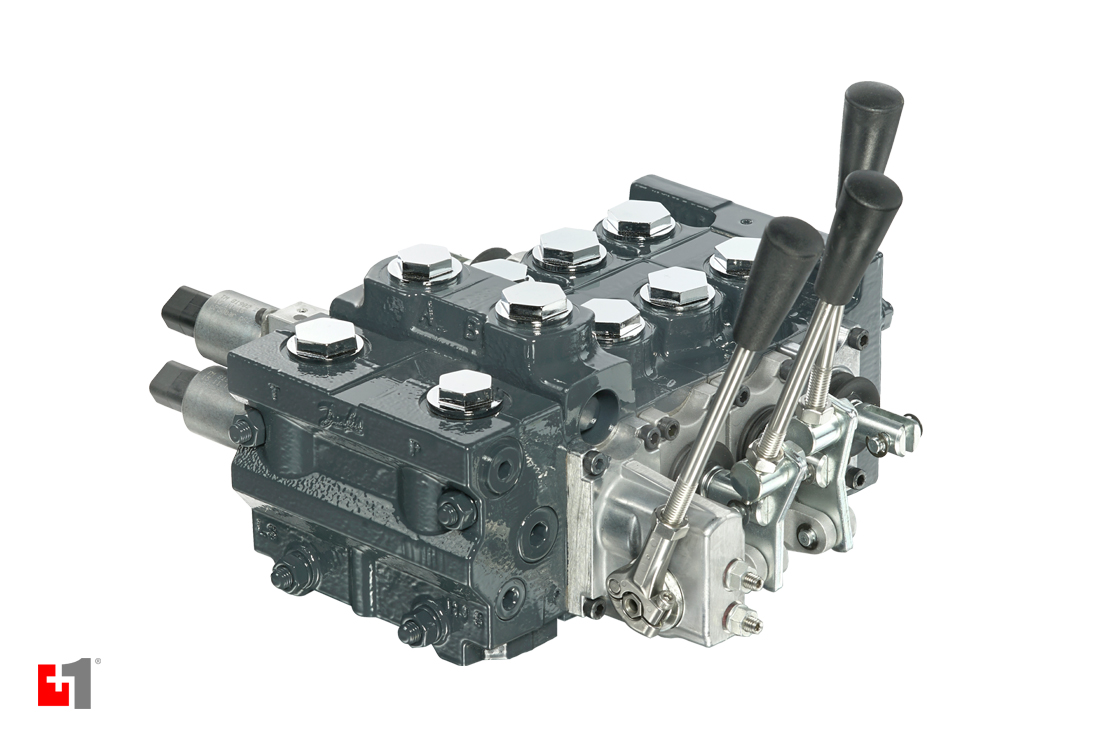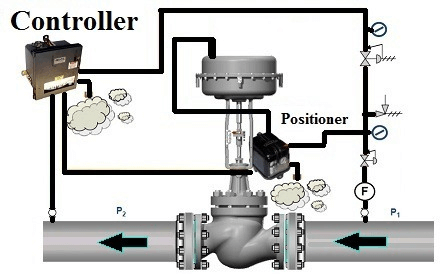Reliable Control Valves: Secret Parts for Reliable System Monitoring
Reliable Control Valves: Secret Parts for Reliable System Monitoring
Blog Article

Maximize Power Cost Savings and Comfort With Advanced Building Automation Controls
In the realm of contemporary design and center administration, the assimilation of advanced building automation controls stands as a crucial improvement. The merging of technology and sustainability has birthed a new era where power effectiveness, convenience optimization, and operational streamlining are no longer remote desires but obtainable facts. By taking advantage of the power of automation, buildings can adjust, respond, and evolve in methods that were when unimaginable. The potential for substantial energy cost savings and boosted convenience is not just an opportunity but a guarantee waiting to be met. This paradigm shift in structure monitoring holds the essential to opening a world where environmental conscientiousness and owner well-being sympathetically coexist within the wall surfaces of our frameworks.
Power Effectiveness Benefits
Power efficiency benefits can significantly minimize energy usage and operational expenses in buildings. By applying energy-efficient practices and technologies, structure proprietors and operators can accomplish significant savings while also adding to environmental sustainability. One of the primary advantages of improving energy effectiveness in structures is the decrease of utility costs. Energy-efficient systems, such as advanced building automation controls, can enhance making use of sources like home heating, lights, and air conditioning, resulting in reduced power expenditures with time.
Additionally, improved power performance can prolong the life expectancy of structure devices and systems. By running much more successfully, heating and cooling systems, lighting fixtures, and other structure parts experience less deterioration, causing minimized maintenance and substitute costs. Furthermore, energy-efficient structures frequently regulate greater residential or commercial property worths and rental prices, providing long-lasting economic advantages to proprietors.
Moreover, power efficiency can enhance owner comfort and performance. Correctly regulated indoor atmospheres with optimal lighting and thermal problems produce a more conducive and pleasurable work area, bring about enhanced staff member fulfillment and performance. In general, the energy performance benefits related to sophisticated building automation controls are complex, incorporating expense financial savings, environmental stewardship, and owner wellness.
Improved Comfort Control
Enhancing comfort control in building environments requires an innovative assimilation of advanced automation systems for optimum resident wellness. By making use of sophisticated structure automation controls, centers can tailor the indoor atmosphere to meet the details demands and choices of owners. These systems make it possible for accurate regulation of temperature level, illumination, and ventilation, creating a productive and comfortable environment. Passenger complete satisfaction and productivity are closely connected to thermal convenience, making it important to have systems in place that can adjust to altering conditions in real-time.
By including these innovative controls, structures can not only boost comfort but also boost energy efficiency by optimizing system operations based on actual occupancy and use patterns. Ultimately, focusing on passenger convenience with sophisticated automation systems leads to an extra satisfying and much healthier interior atmosphere.
Functional Efficiency Improvements

Additionally, the execution of real-time monitoring and analytics devices makes it possible for building operators to recognize power inefficiencies and functional important site anomalies immediately. By continuously checking energy use patterns and system efficiency metrics, changes can be made in real-time to enhance power consumption and guarantee peak functional effectiveness. control valves. In addition, including demand action techniques right into structure automation controls can even more boost operational efficiency by dynamically adjusting energy usage based upon grid problems and prices signals
Indoor Climate Optimization
Reliable indoor climate optimization is a fundamental element of structure automation controls, ensuring passengers' comfort and health while making the most of energy cost savings. By making use of sophisticated sensors and controls, building automation systems can continuously change and keep an eye on temperature, moisture levels, air quality, and ventilation to produce an ideal indoor environment. Maintaining consistent and comfortable problems not just boosts passenger complete satisfaction however additionally increases performance and total well-being.
Indoor environment optimization additionally plays a critical role in energy efficiency. By fine-tuning air flow, heating, and air conditioning systems based on real-time information and tenancy patterns, constructing automation controls can dramatically lower power consumption - control valves. Carrying out strategies such as demand-controlled air flow and thermal zoning can aid decrease energy waste while making certain that each area of the building receives the necessary conditioning.

Lasting Setting Creation
Structure automation regulates not just optimize interior climate problems for power performance and passenger convenience but also lay the structure for developing a lasting setting with critical management of systems and resources. By integrating sophisticated building automation modern technologies, such as sensors, actuators, and intelligent software program, facilities can check and adjust energy usage in real-time to minimize waste and decrease their carbon impact. These systems make it possible for anticipating maintenance, recognizing potential issues before they intensify and enhancing devices efficiency to improve durability and effectiveness.
Additionally, sustainable setting creation extends past energy monitoring to incorporate water preservation, waste reduction, and indoor air top quality enhancement. Building automation controls can manage water use, identify leaks, and make sure proper garbage disposal techniques, adding to general sustainability efforts. Furthermore, by controlling and monitoring ventilation and filtration systems, these technologies enhance owner health and efficiency while lowering energy intake connected with heating and cooling operations.
Verdict
Finally, advanced building automation manages deal substantial benefits in regards to energy cost savings, convenience control, operational effectiveness, indoor environment optimization, and producing a lasting setting. By here carrying out these controls, buildings can attain optimal efficiency while lowering power consumption and enhancing owner convenience. It appears that the usage of innovative automation innovation is crucial in boosting building performance and producing an extra view publisher site sustainable future.
Energy efficiency benefits can substantially decrease power intake and functional prices in structures. On the whole, the energy efficiency advantages linked with sophisticated structure automation controls are diverse, incorporating expense financial savings, ecological stewardship, and passenger well-being.
Additionally, integrating need action methods into building automation controls can better improve functional efficiency by dynamically changing power use based on grid conditions and prices signals.
Building automation regulates not just maximize indoor environment conditions for energy efficiency and owner comfort however also lay the foundation for creating a sustainable environment via tactical administration of systems and resources.In verdict, progressed structure automation manages offer significant advantages in terms of power financial savings, convenience control, functional effectiveness, indoor climate optimization, and producing a lasting atmosphere.
Report this page